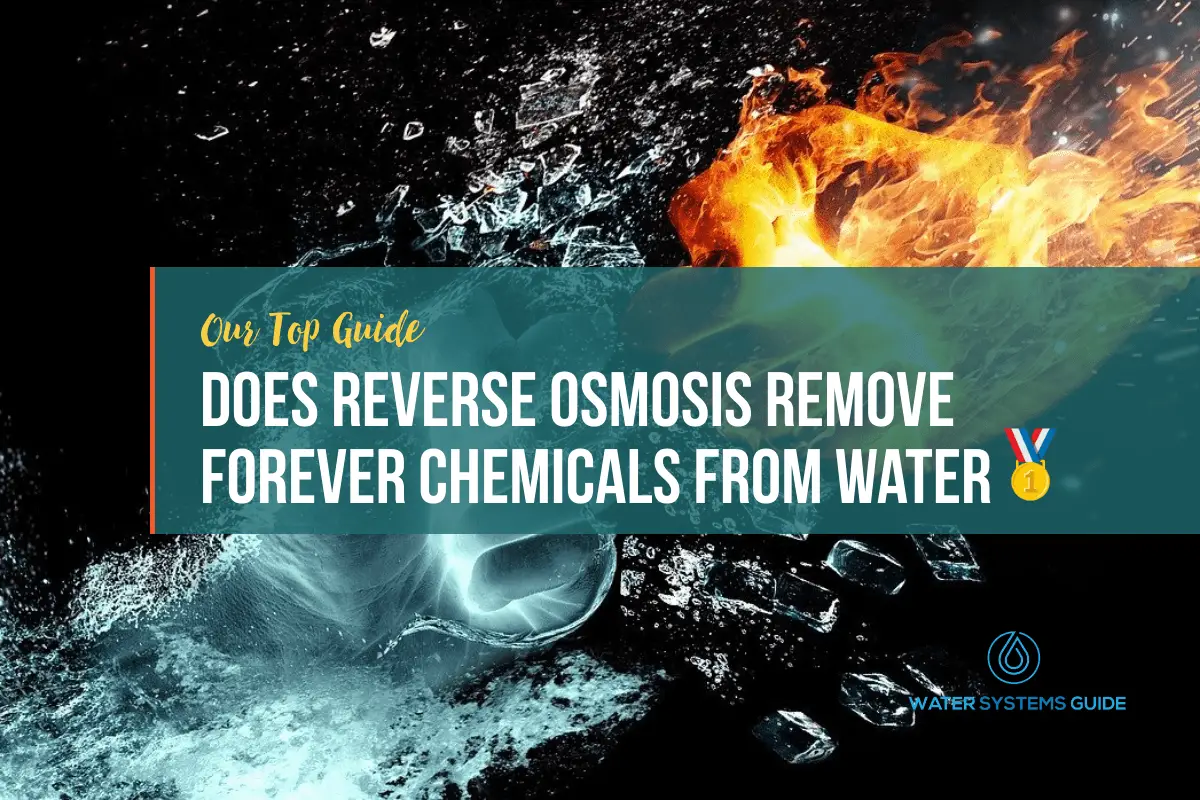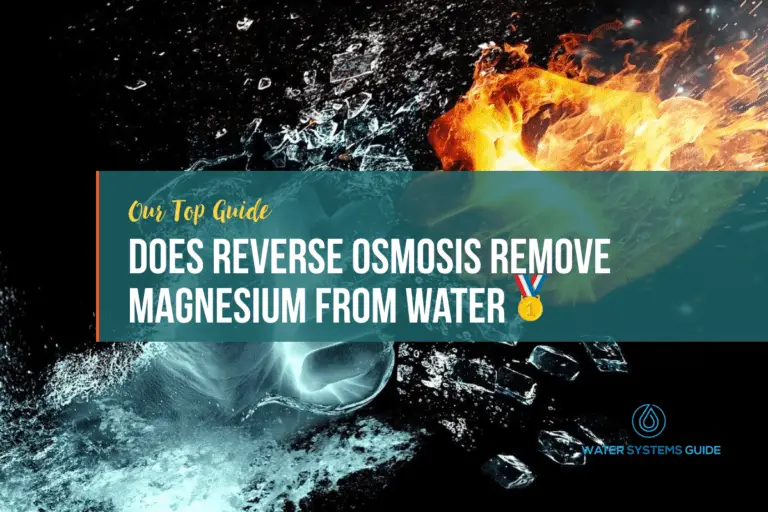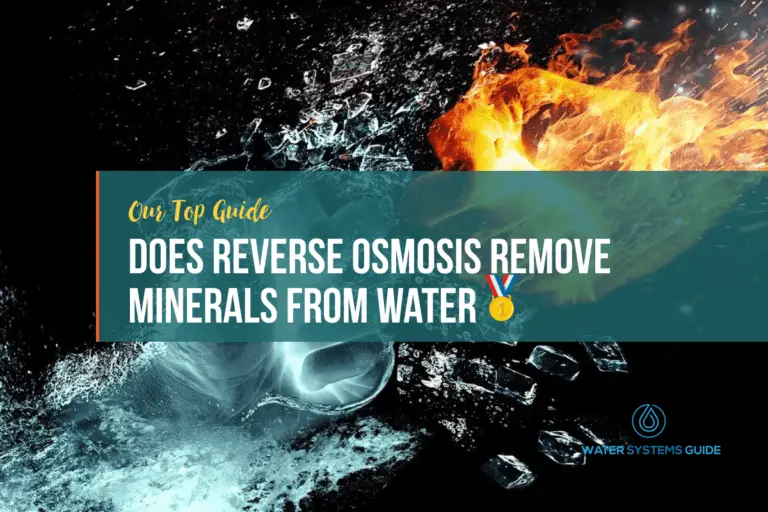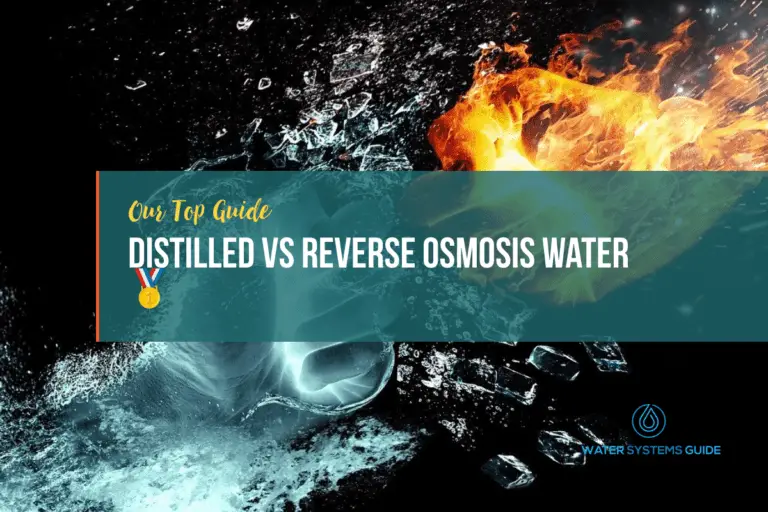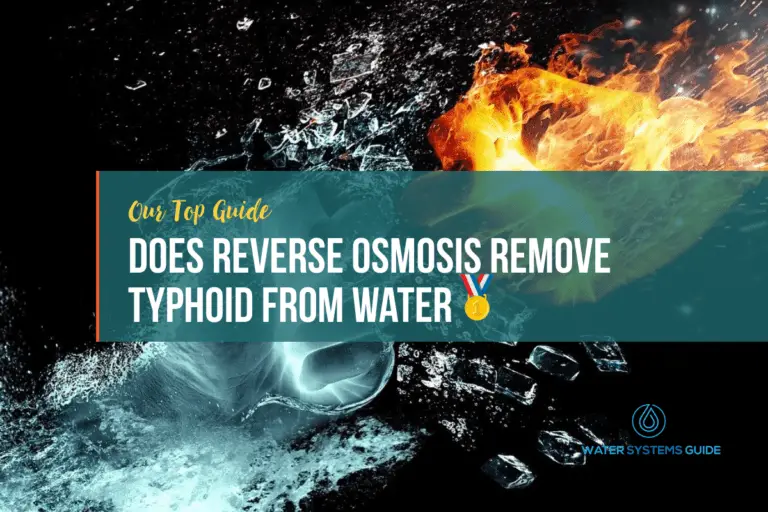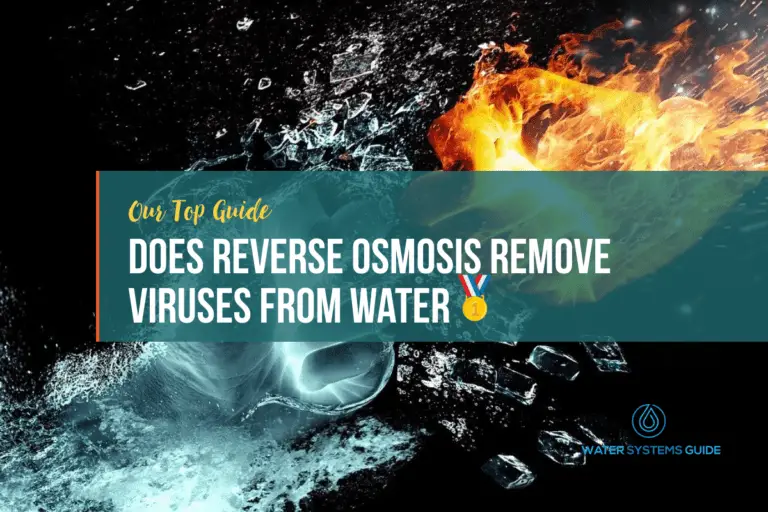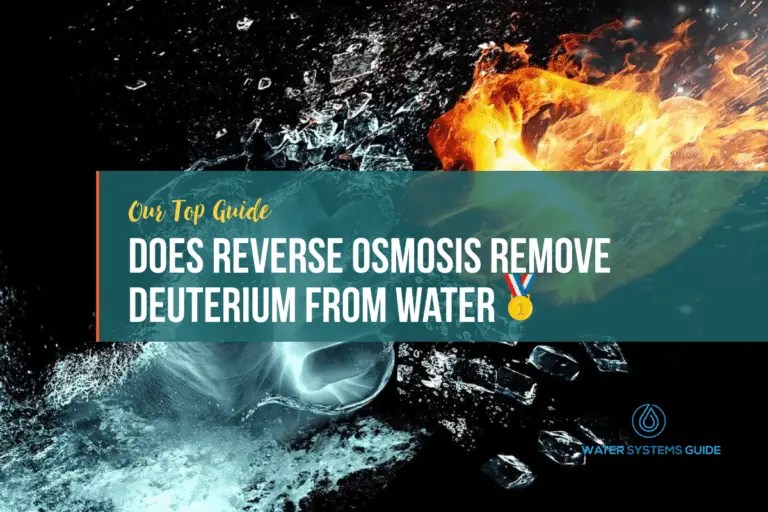Does Reverse Osmosis Remove Forever Chemicals From Drinking Water
How Does Reverse Osmosis Work?
What are forever chemicals and where are they found?
Forever chemicals are a group of man-made chemicals that do not break down in the environment. They are commonly referred to as PFAS (PFOA & PFOS).
PFAS (Per- and polyfluorinated alkyl substances) are a large chemical family of over 4,700 highly persistent chemicals that don’t occur in nature.
Forever chemicals are used in a wide variety of industries since the 1940s. They are found in a wide range of consumer products, including non-stick cookware, water-repellent clothing, stain-resistant fabrics and carpets, some food packaging, and firefighting foams.
PFAS can enter the environment through multiple pathways, including emissions from factories that use PFAS, leaching from PFAS-containing products, and disposal of PFAS-containing waste in landfills.
Given their nature, these types of chemicals can be particularly damaging to human health. They can cause cancer, birth defects, and other health problems. These chemicals are so harmful that they are regulated by the government.
With that being said, how exactly do forever chemicals get into the water supply?
How do forever chemicals get into a home’s water supply
There are many ways that forever chemicals can get into a home’s water supply. They can come from the ground via the soil, from the air, or from human activity.
PFAS can enter the environment through multiple pathways, including emissions from factories that use PFAS, leaching from PFAS-containing products, and disposal of PFAS-containing waste in landfills.
The health implications of long-term chemical exposure is not great, as we’ll discuss in the next section. Therefore, it’s important to have your water tested regularly for chemicals, at the POE (Point-of-entry) and POU (Point-of-use), and to take steps to ensure that your water supply is free of them.
The Impact Of Forever Chemicals on Human Health
There is a growing body of evidence linking exposure to PFAS (per- and polyfluoroalkyl substances) to a range of health problems in humans. These effects include cancer, immune system damage, endocrine disruption, and reproductive and developmental toxicity.
Forever chemicals/PFAS enter the environment through industrial discharges. Once in the environment, PFAS can persist for many years and accumulate in the food chain, eventually reaching human beings through food or drinking water.
Exposure to PFAS has been linked to a number of serious health problems in humans, and the evidence is growing stronger with each new study.
Therefore, it’s crucial to ensure that if your water is contaminated, you have a water filtration system in place to remove these harmful substances.
Does Reverse Osmosis Remove Forever Chemicals (PFAS) From Water?
Reverse osmosis is a filtration process that has been shown to be effective in removing a variety of contaminants from water, including many forever chemicals including PFAS, PFOS & PFOA.
However, it is important to note that no single treatment technology is perfect, and there may still be traces of these chemicals present in water that has undergone reverse osmosis treatment.
What Else Does Reverse Osmosis Remove?
How Can Your Remove Forever Chemicals such as PFAS From Water?
There are a few ways that you can go about removing forever chemicals and other harmful contaminants from your water supply. One way is to use a water filter.
According to the Environment Protection Agency, the most effective ways include using granular activated carbon, ion exchange resins, and high-pressure membrane systems.
When it comes to using a high-pressure membrane, this can be through RO or nanofiltration, we’ve included some specific information from the EPA regarding this:
“High-pressure membranes, such as nanofiltration or reverse osmosis, have been extremely effective at removing PFAS (PFOA & PFOS). Reverse osmosis membranes are tighter than nanofiltration membranes. This technology depends on membrane permeability. A standard difference between the two is that a nanofiltration membrane will reject hardness to a high degree, but pass sodium chloride; whereas reverse osmosis membrane will reject all salts to a high degree. This also allows nanofiltration to remove particles while retaining minerals that reverse osmosis would likely remove.”
Whatever method you choose, if you’re purchasing a product/system, it’s important to confirm with the manufacturer that it does indeed filter out PFAS.
How Do I Know If My Water Is Contaminated With PFAS?
There are a few ways to test for the presence of PFAS in your water. The most common method is to have your water tested by a certified lab.
You can also look for signs of PFAS contamination, such as an unusual taste or odor in your water, or staining on your plumbing fixtures.
If you suspect that your water may be contaminated with PFAS chemicals, contact your local water utility or health department for more information.
Conclusion
In conclusion, does reverse osmosis remove forever chemical compounds? Yes it does, alongside a few of the other methods described above.

